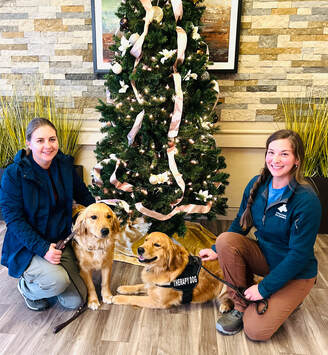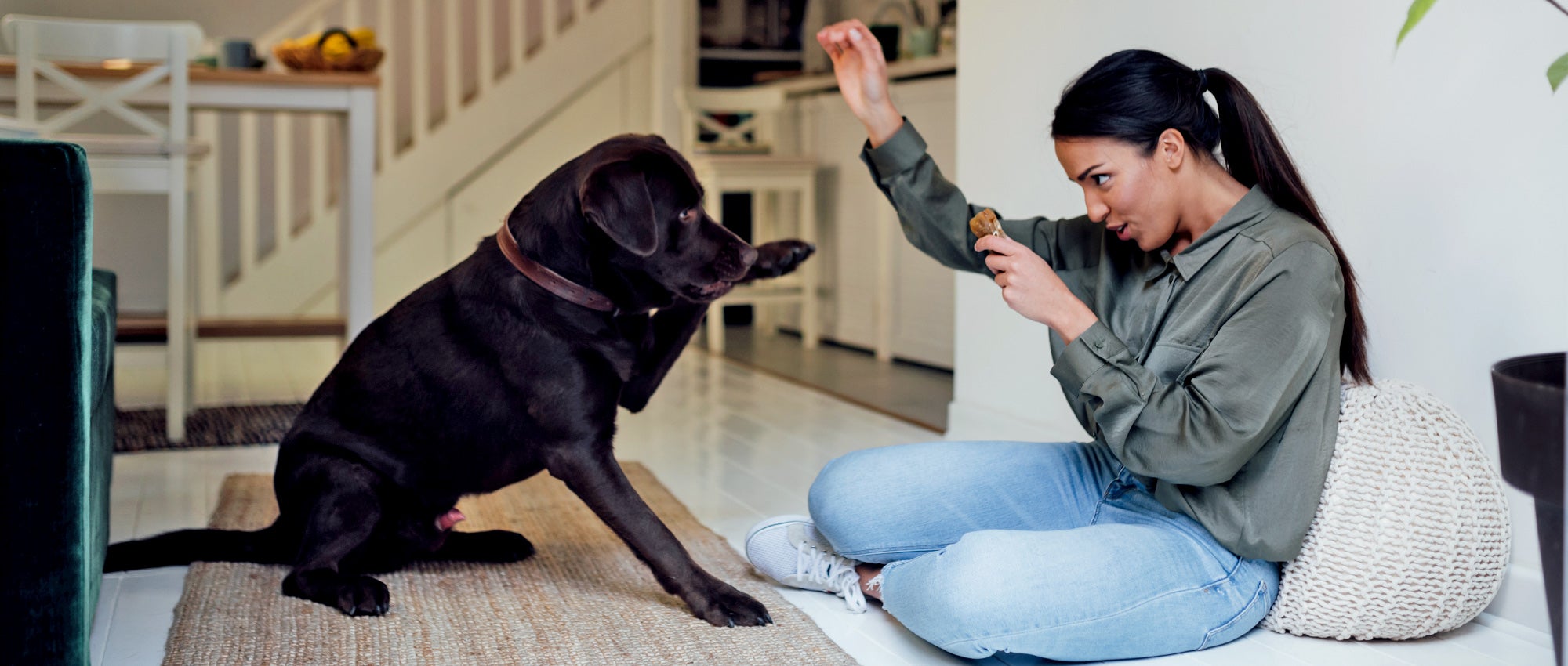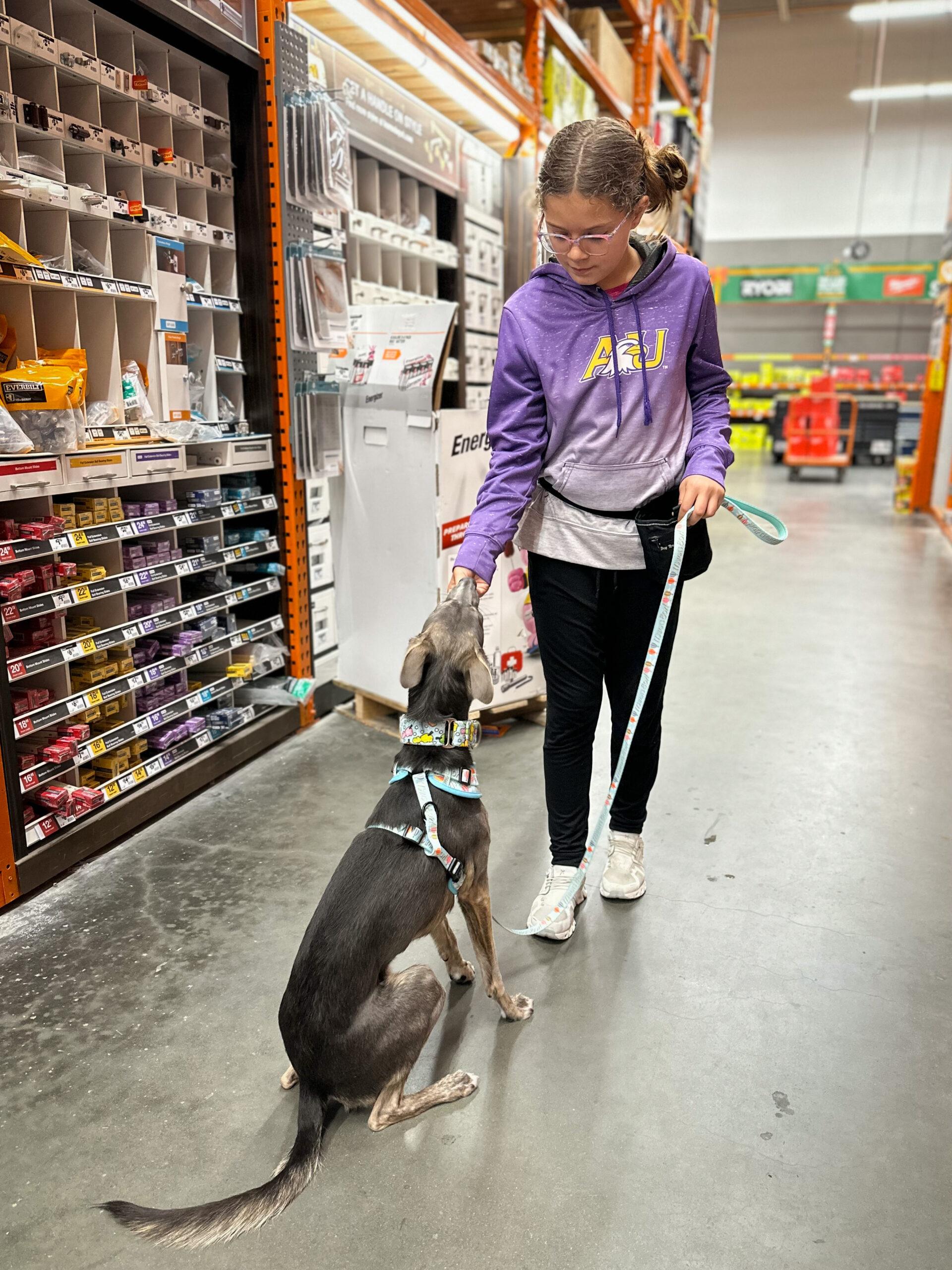The Ultimate Guide to Positive Support in Dog Training
The Ultimate Guide to Positive Support in Dog Training
Blog Article
Essential Tips for Successful Dog Training: A Guide for Animal Owners
Efficient canine training is a complex procedure that requires a critical technique tailored to both the pet dog's character and the proprietor's goals. Understanding just how to navigate these obstacles can significantly boost the training experience, eventually transforming the partnership in between owner and pet.
Recognizing Dog Behavior
Comprehending pet dog actions is vital for reliable training and fostering a harmonious partnership between dogs and their owners. dog training. Canines communicate mostly with body language, vocalizations, and activities, making it important for proprietors to analyze these signals precisely.

Socialization plays a substantial duty in dog habits; direct exposure to different atmospheres, people, and other animals can substantially influence a pet's character. Furthermore, aspects such as breed features and specific personality should guide training approaches, as some types may have specific behavior qualities that necessitate customized strategies. By comprehending these elements, proprietors can create an encouraging atmosphere that encourages positive actions, causing successful training results and a deeper bond with their family pets.
Developing Constant Commands
Reliable communication with your pet dog begins with establishing regular commands. This foundational component of training is important for cultivating understanding between you and your family pet. Consistency in the commands you utilize makes certain that your canine can dependably link particular words or expressions with the wanted behaviors.
When choosing commands, choose clear, unique words that are very easy to set apart and state from one an additional. Prevent making use of similar-sounding commands that might puzzle your pet. Making use of "sit" and "remain" is ideal, but "sit" and "hit" might lead to misconceptions.
In addition, keep the same tone and volume for each command. Pet dogs are delicate to singing signs, so differing your tone can develop complication.
It is just as vital to make sure that all member of the family get on the very same page relating to the commands utilized. A united front in command use will certainly avoid mixed signals and enhance the discovering procedure.
Positive Support Methods
The power of favorable reinforcement in dog training exists in its capability to encourage wanted behaviors via benefits and praise. This method is grounded in the concept that behaviors adhered to by positive outcomes are most likely to be duplicated. By integrating favorable reinforcement right into your training regimen, you can properly shape your pet's actions in a constructive way.
To apply favorable reinforcement, it's important to recognize what motivates your pet, whether it be treats, toys, or verbal appreciation. When your canine executes a desired action, such as remaining on command, right away compensate them with a treat or love. This organization between the command and the positive end result strengthens their understanding.
It's important to timing the incentives correctly; providing the support within seconds of the desired habits aids your dog make the connection (dog training). Furthermore, uniformity is key-- make sure that all household members utilize the very same commands have a peek here and reward systems to avoid confusion

Slowly, you can lower the frequency of treats as your canine discovers the Going Here actions, transitioning to commend or intermittent rewards. This method not only promotes a solid bond between you and your pet but also promotes a positive knowing atmosphere, making training a satisfying experience for both.
Socialization and Communication
Continually revealing your pet to a selection of settings, individuals, and various other pets is crucial for their social development. Socialization should begin early, ideally during the crucial window of 3 to 14 weeks, when puppies are most receptive to new experiences. Older dogs can additionally benefit from ongoing socializing efforts.
Introduce your pet dog to different settings, such as parks, pet-friendly shops, and urban locations. This direct exposure aids them adjust to numerous stimulations, minimizing stress and anxiety and worry responses. Urge favorable interactions with other pets and individuals, guaranteeing that these encounters are controlled and secure to promote confidence.
Utilize organized playdates with courteous dogs, as this can boost your canine's social abilities and teach them click site ideal behavior. Obedience courses and training sessions also give outstanding possibilities for socialization, permitting your dog to engage with others in a supervised setting.
Display your dog's body movement throughout interactions, as this will certainly aid you determine their convenience degree. Slowly raise exposure to more tough situations while making sure that each experience declares. A well-socialized canine is more probable to exhibit balanced habits, making them a pleasure to have in any setting.
Resolving Common Training Challenges
Every pet dog proprietor will certainly encounter training difficulties at some time, no matter of their pet dog's age or socializing degree. Recognizing common issues such as stubbornness, diversions, and fearfulness can assist in establishing effective techniques for improvement.

Gradually present disturbances as the pet dog ends up being much more competent in commands. Short, frequent training sessions are also reliable in preserving attention.
Fearfulness can prevent a pet dog's understanding process. Gradual desensitization to the resource of concern, combined with positive support, can assist ease stress and anxiety. Patience is critical; never force a pet into a situation that creates distress, as this may exacerbate the concern.
Ultimately, understanding and attending to these typical difficulties with an organized strategy will foster a much more efficient training experience, strengthening the bond in between pet dog and owner while promoting efficient knowing.
Final Thought
In recap, successful pet dog training depends on a detailed understanding of canine behavior, the facility of constant commands, and the application of positive support techniques. Socializing plays an important role in establishing well-adjusted family pets, while attending to usual training difficulties calls for patience and versatility. By applying these crucial methods, pet owners can promote a solid bond with their canines and advertise preferable habits, inevitably leading to a harmonious connection in between people and their canine companions.
Comprehending pet behavior is vital for reliable training and cultivating a harmonious partnership between canines and their owners.Socialization plays a substantial function in pet dog actions; exposure to various atmospheres, people, and various other animals can dramatically influence a pet's temperament.The power of positive reinforcement in canine training exists in its capacity to urge wanted behaviors through rewards and praise. By including favorable support right into your training routine, you can properly form your pet's habits in a constructive manner.
In summary, successful canine training counts on a thorough understanding of canine behavior, the facility of regular commands, and the application of favorable support strategies.
Report this page